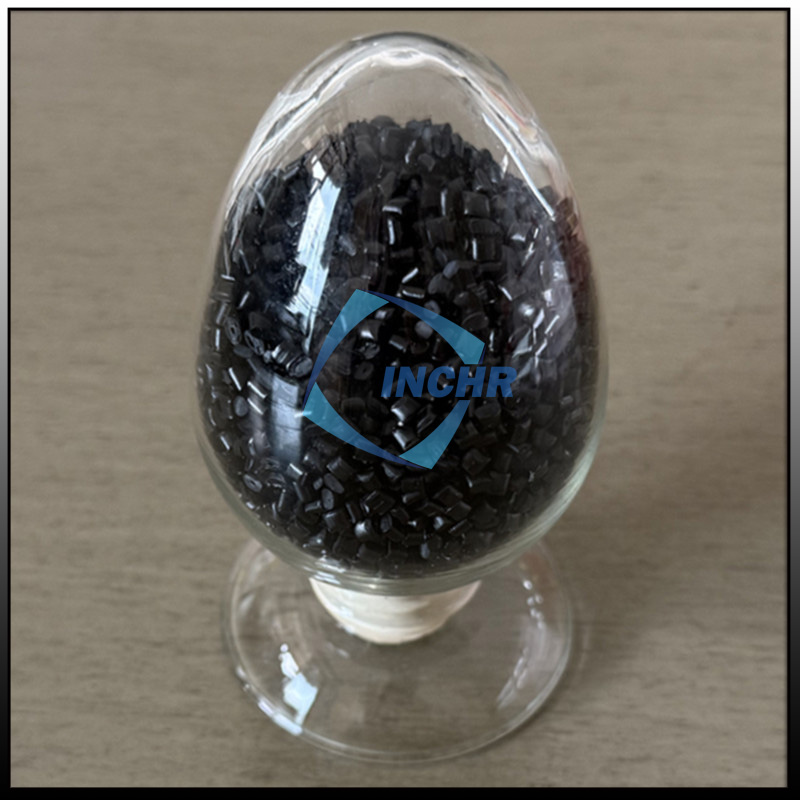In an era where lightweight strength and durability are paramount, Carbon Fiber Reinforced Plastic (CFRP) has emerged as a game-changing material. From aerospace to automotive, renewable energy to sports equipment, CFRP is redefining performance standards and unlocking new possibilities. But what makes this composite material so revolutionary, and how is it reshaping industries? Let’s dive in.
What is Carbon Fiber Reinforced Plastic? | Product Catalog
Carbon Fiber Reinforced Plastic is a composite material made by embedding ultra-thin carbon fibers into a polymer resin matrix, typically epoxy. The result is a material that combines the high strength and stiffness of carbon fibers with the versatility of plastic. Key properties include:
Exceptional strength-to-weight ratio: CFRP is up to 5 times stronger than steel but 70% lighter.
Corrosion resistance: Unlike metals, it doesn’t rust or degrade in harsh environments.
Design flexibility: Can be molded into complex shapes for tailored applications.
Fatigue resistance: Maintains performance under repeated stress.
These qualities make carbon fiber reinforced plastic an ideal choice for industries prioritizing efficiency, longevity, and innovation.

Industries Transformed by CFRP
1. Aerospace: Soaring Higher with Lightweight Innovation
The aerospace sector was among the first to adopt CFRP. By replacing traditional aluminum alloys, CFRP reduces aircraft weight by up to 20%, leading to:
Lower fuel consumption: Lighter planes mean reduced emissions and operational costs.
Enhanced range: Boeing’s 787 Dreamliner uses CFRP for 50% of its structure, enabling longer flights.
Durability: Resistant to extreme temperatures and corrosion, CFRP ensures longevity in demanding conditions.
2. Automotive: Accelerating the Future of Mobility
CFRP is driving the evolution of electric and high-performance vehicles. Tesla’s Cybertruck and BMW’s i3 showcase its potential:
Battery efficiency: Lightweight CFRP components extend EV range by reducing energy drain.
Safety: High crash absorption protects passengers without adding bulk.
Sustainability: CFRP’s longevity supports circular economy goals through recyclable designs.
3. Renewable Energy: Powering Greener Solutions
Wind turbine blades made with CFRP are longer, lighter, and more efficient. Benefits include:
Higher energy output: Longer blades capture more wind.
Reduced maintenance: CFRP withstands harsh weather, minimizing downtime.
Cost savings: Lightweight designs lower transportation and installation expenses.
4. Medical Technology: Precision Meets Performance
CFRP’s biocompatibility and imaging-friendly properties make it ideal for:
Prosthetics: Lightweight, durable limbs improve mobility.
Surgical tools: Non-conductive, sterilizable instruments enhance safety.
MRI components: CFRP doesn’t interfere with magnetic fields, ensuring accurate diagnostics.
5. Sports and Recreation: Breaking Performance Barriers
From bicycles to tennis rackets, CFRP delivers:
Speed: Lightweight cycling frames maximize acceleration.
Control: Golf clubs and fishing rods offer precision through optimized stiffness.
Endurance: Durable equipment withstands intense use.
Why Industries Are Embracing Carbon Fiber Reinforced Plastic
Sustainability: CFRP’s longevity reduces waste, while R&D focuses on recyclable variants.
Cost Efficiency: Although initial costs are high, long-term savings in fuel, maintenance, and performance justify investments.
Technological Synergy: CFRP complements advancements like 3D printing and AI-driven design for rapid prototyping.
Challenges and Future Outlook
While CFRP offers immense potential, challenges remain:
High production costs: Limited by energy-intensive manufacturing.
Recycling complexity: Current methods are costly, but breakthroughs like pyrolysis show promise.
Looking ahead, advancements in automated manufacturing and bio-based resins aim to democratize CFRP access. As industries push for greener, smarter solutions, CFRP will remain at the forefront of material innovation.
Conclusion
Carbon Fiber Reinforced Plastic is more than a material—it’s a catalyst for transformation. By enabling lighter, stronger, and more sustainable solutions, CFRP is helping industries meet the demands of a rapidly evolving world. Whether it’s cutting emissions in aviation or enhancing athletic performance, this “wonder material” proves that the future is built on innovation—one carbon fiber at a time.




